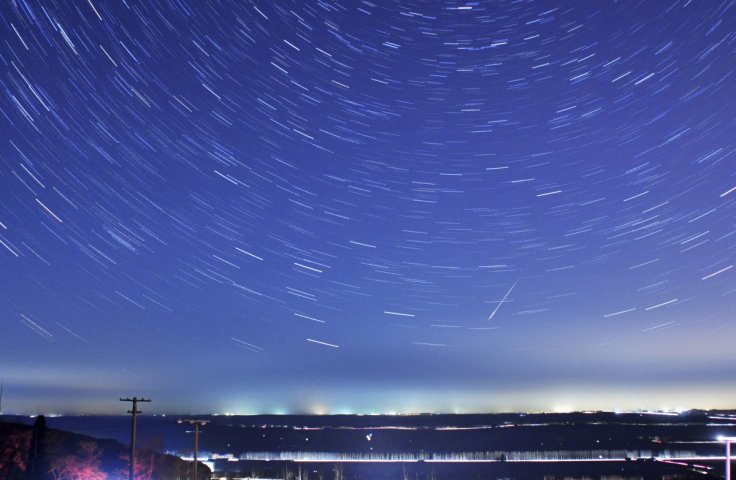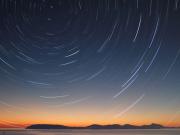
While the whole world is still busy ushering in the New Year with great positivity and enthusiasm, stargazers can gear up to get a glimpse of this year's first celestial event, the Quadrantid meteor shower this weekend.
The National Astronomical Research Institute of Thailand (NARIT) announced on its Facebook page on Friday that the Quadrantid meteor shower will be visible to the unaided eye on Saturday from 2 am to dawn.
According to NARIT, the meteor shower's radiant point is located between the constellations of Draco, Boötes, and Hercules. With the peak rate of 80 meteors per hour, the meteor shower will be most noticeable in the Northeast, according to the statement.
The meteor shower should be visible to the unaided eye with little interference from the moon. It is advised by the institution to view the atmospheric phenomenon from an area with dark, clear skies free from light pollution.
According to NARIT, the Quadrantid meteor shower peaks on January 3–4 and is visible annually from December 28–January 12.
The Quadrans Muralis constellation, which was formed in 1795 and is situated between the Boötes and Draco constellations, is the source of the meteor shower's name. When the International Astronomical Union formalized its list of officially recognized constellations in 1922, it was left off.
How to Watch
Unlike several other astronomical events, people do not require the support of any equipment, such as binoculars or telescopes, to see the meteor showers since they streak overhead and are best seen with naked eyes.
However, experts have advised that it is very important to give some time to your eyes to adapt to the dark. In order to have a better view, one should catch a dark patch of the unobstructed sky and give around 30-45 minutes away from sources of light for the eyes to adjust.
Binoculars and telescopes are not much use to see meteor showers since they streak overhead and are best seen without equipment. It's crucial you give your eyes some time to adapt to the dark. Catch a dark patch of unobstructed sky and give your eyes 30-45 minutes away from sources of light to adjust.









